
Classification and types of pickups by manufacturer. Regular, Extra, Double, or Crew Cab?
Pickup trucks make up a significant portion of the off-road vehicle segment. They are valued for their work capabilities and also for their off-road performance. Their biggest advantage is the large cargo space, which allows for additional customization and vehicle equipment. However, the variety of pickup truck sizes can sometimes cause confusion, particularly due to the ambiguity of model designations and the resulting difficulty in classifying your own vehicle. Therefore, we will explain how various manufacturers classify their pickup trucks.
How do different types of pickups and models differ
Types of pickups are defined by passenger cabin size and cargo space. Manufacturers use specific terminology that reflects both of these parameters. In other words, the different models are differentiated by the length of the cabin and the length of the cargo bed. The cargo bed dimensions are usually expressed in feet and inches, such as 5’7” or 6’4”. The first number represents feet, and the second inches. We have already covered how to measure the bed of a pickup truck in a separate article. So, if you’re unsure what model you have—especially if you purchased a second-hand vehicle—you can determine this yourself.
You Might Be Interested In"
Types of pickups – classification by cab length
The first parameter, cabin length, raises more questions. This is because some manufacturers, mainly Toyota, Ford, and RAM (but not exclusively), use their own naming conventions for different models available within their brand. However, there are some standardized classifications by which pickups are categorized, serving as the basis for all other designations.
Single cab (two doors) – Regular Cab / Single Cab
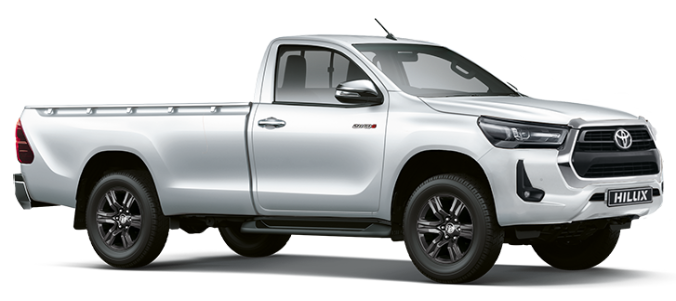
These terms refer to the most basic and classic version of a pickup truck. It’s characterized by a short cabin with a single row of seats, typically accommodating one, two, or possibly three people. This type is especially popular in older vehicle models. It is often used for work due to the large cargo bed, which makes up a larger percentage of the vehicle and allows for transporting more cargo.
Car Brands: Ford, Chevrolet, Dodge, GMC – Regular Cab; Toyota, Nissan, VW, Isuzu – Single Cab.
One and a half cab (two full- size front doors and suicided rear doors) – Extra Cab/Space Cab/ Extended Cab/King Cab/Super Cab
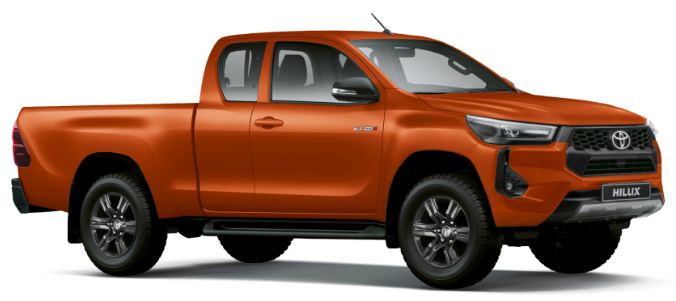
This configuration features a standard cabin expanded with additional space behind the front seats, commonly referred to as one and a half cab. Access to the small rear seats is typically provided by “suicide doors,” which are rear-hinged and require the front doors to be opened first.
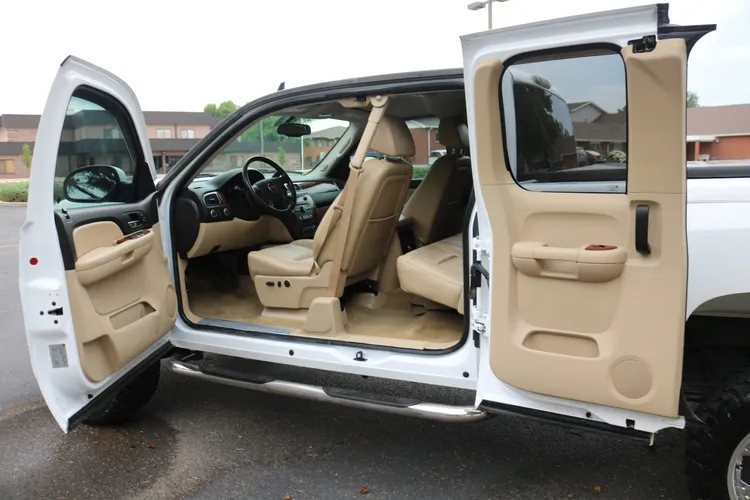
While this setup offers additional interior space for luggage or passengers. Tthe rear area is significantly smaller than the front, making it less comfortable for long journeys. However, it may work well for families with small children or pets.
This type of extended cab pickup is a compromise between a single cab and full double cab, which (theoretically) allows more passengers but doesn’t significantly shorten the bed. It is a point often lamented by purist pickup truck enthusiasts who view pickups primarily as work machines. Nevertheless, one and a half cab pickup types are still largely oriented toward the vehicle’s utility functions.
Car Brands: VW – Extra Cab; Ford – Super Cab; Toyota – Xtra Cab; Nissan – King Cab; GMC, Isuzu – Extended Cab.
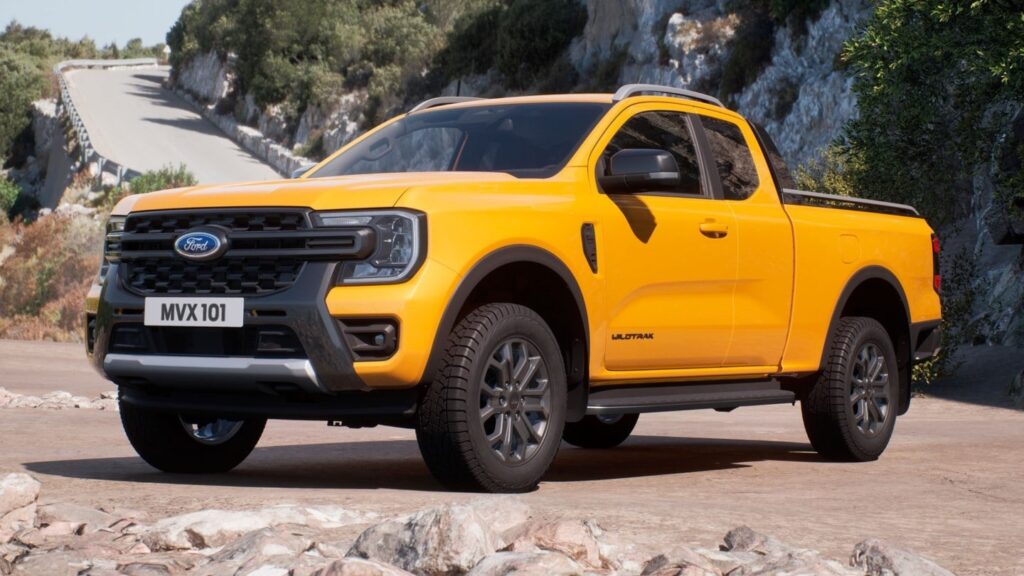
Double cab with smaller rear space (two full-size front doors and two narrower rear doors) – Double Cab/ Extended Cab/Quad Cab
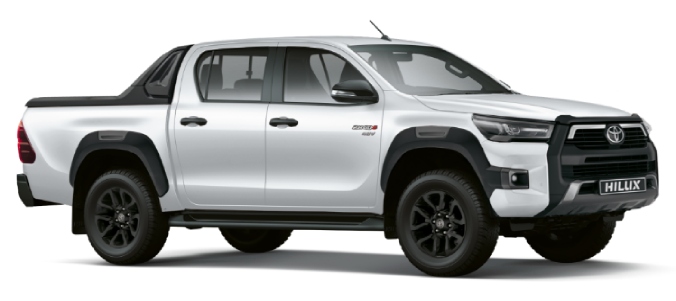
A significant compromise between comfort and utility is found in the double cab with a smaller rear space. In practice, this means models like the Chevrolet Colorado (Extended Cab), Chevrolet Silverado (Double Cab), or Dodge Ram 1500 (Quad Cab). These models standard-opening but narrower rear doors and slightly smaller rear seats. While the rear space is reduced, the comfort of entering and exiting the vehicle. As well as the safety and quality of the ride, is improved.
Car Brands: Chevrolet – Extended and Double Cab; Toyota, Nissan, GMC, VW, Isuzu, Ford Ranger – Double Cab; Dodge – Quad Cab.
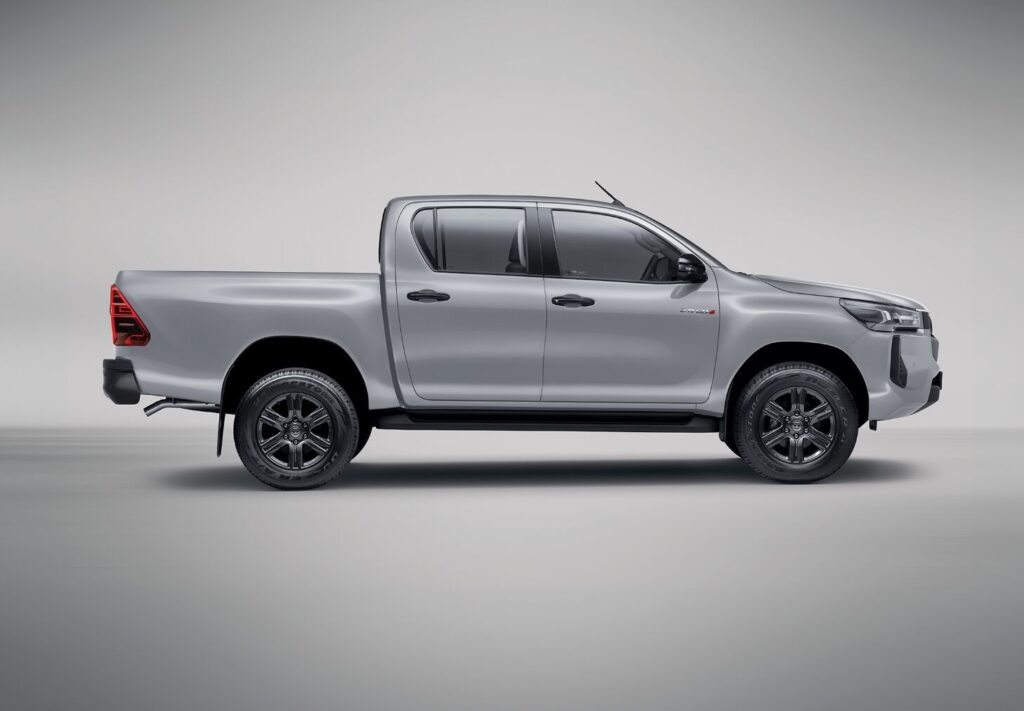
Double cab with equal front and rear space (four full-size doors) – Crew Cab, Crew Max Cab, Super Crew Cab

The final type in this classification features pickups with a body design that includes four doors of similar or the same size and typically nearly evenly divided space between the front and back seats. The amount of space in the front row remains unchanged but increases in the second row. This provides a five- or six-person cabin where everyone, including adults, has plenty of legroom.
This type of truck is the most modern solution, as more drivers today prioritize comfort while driving. With modern pickups being a great alternative for travel. They allow efficient movement over various terrains and provide plenty of room for additional equipment, including gear for tourism.
Car Brands: Ford – Super Crew; Chevrolet, Dodge, Nissan, GMC, VW, Isuzu – Crew Cab; Toyota – Crew Max.
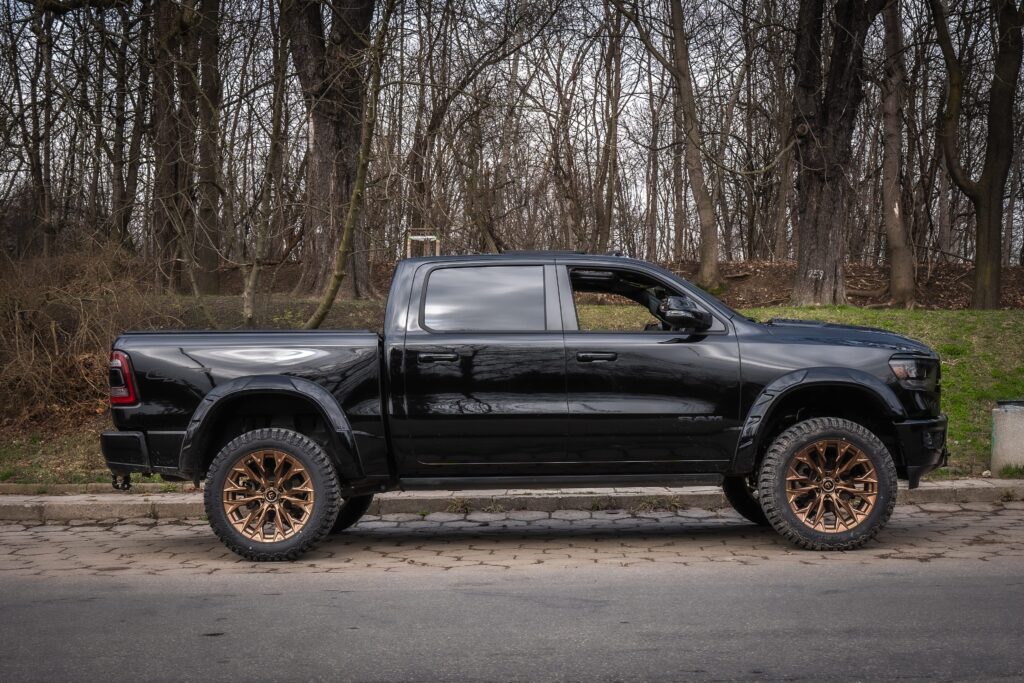
From work to leisure – dimensions and types of pickups
When choosing your ideal pickup model and type, it’s important to remember that the overall body length of these vehicles does not vary between cabin types. The division is always proportional, so a larger cabin means less cargo space. Therefore, if you’re seeking a workhorse rather than a comfortable, travel-friendly vehicle for rough terrain, be aware that any double-cab type will gradually reduce your valuable cargo space.

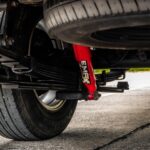

Comments ()